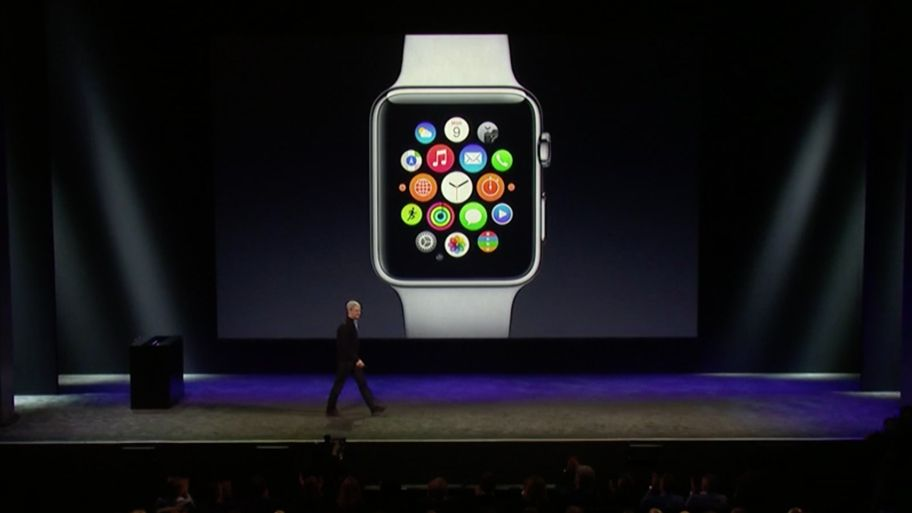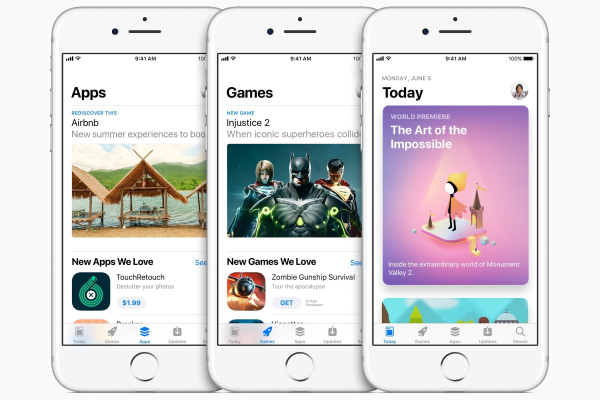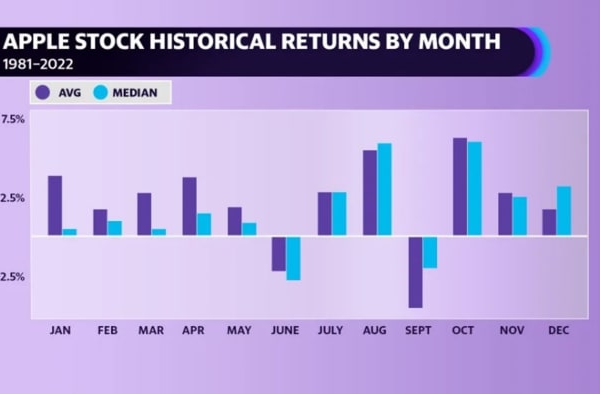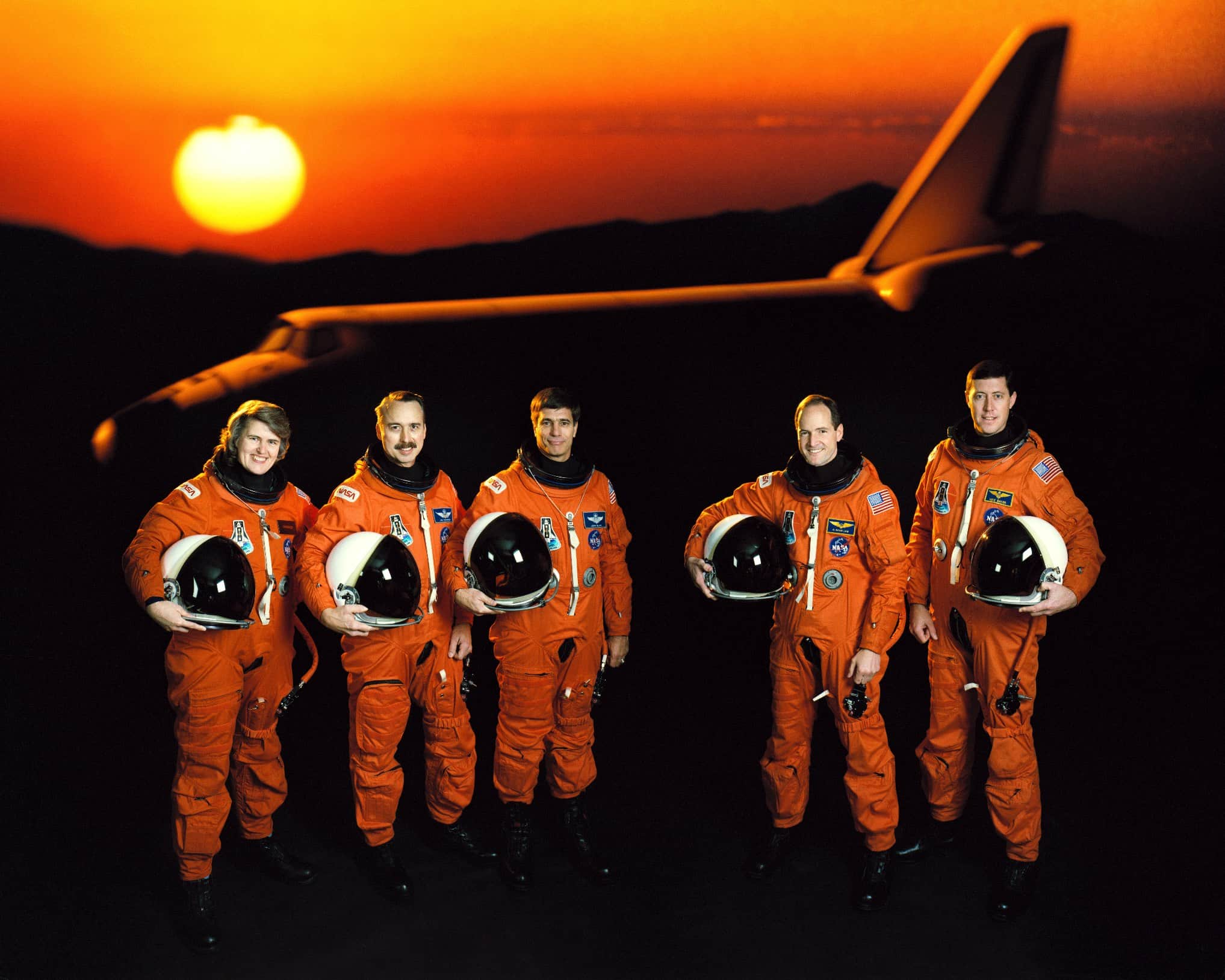Apple Watch Launch: A New Era in Wearable Technology

The Apple Watch launch on April 24, 2015, marked a historic moment for technology enthusiasts and casual users alike, as consumers eagerly awaited the chance to sport one of Apple’s most personal devices. For many, it was a culmination of excitement fueled by the promise of revolutionary features that would bridge the gap between traditional timepieces and advanced wearable technology. Apple CEO Tim Cook heralded the smartwatch as the “next chapter in Apple history,” emphasizing its potential to enhance daily life through innovative health and fitness functionalities. As the device entered the market, it quickly gained traction among consumers, where the appeal of Apple Watch features like notifications and health tracking catapulted it into the spotlight. Today, with its impressive market share and ongoing advancements in wearable technology, the Apple Watch continues to solidify its role as a leader in the smartwatch arena.
First unveiled during a high-profile keynote in September 2014, Apple’s smartwatch signaling the dawn of an era in personal tech went beyond just timekeeping. This groundbreaking wrist device redefined user interaction with mobile technology, inviting users to connect with their digital lives in more meaningful ways. Following the ambition laid out by Tim Cook, the device was crafted to serve as a versatile companion that catered to both fitness enthusiasts and individuals wishing for seamless communication on the go. Featuring sophisticated components and a user-friendly interface, the launch of this innovative wearable marked a turning point in Apple’s product lineup, showcasing a blend of style and functionality that resonated with consumers worldwide. As it stands, this landmark launch not only reflects the brand’s evolution but also continues to influence the landscape of wearable gadgets.
The Significance of the 2015 Apple Watch Launch
The Apple Watch launch on April 24, 2015, was a watershed moment in the tech landscape, marking Apple’s entry into the burgeoning wearables market. This event was eagerly anticipated after the initial unveiling the previous September, during which CEO Tim Cook heralded it as “the next chapter in Apple history.” With its innovative features and sleek design, the Apple Watch was not just a gadget; it was a statement of how technology could become an integral part of personal style and daily life.
Upon its release, the original Apple Watch offered consumers a glimpse into a future where wearable technology fused functionality with elegance. The introduction of features like the Digital Crown and Taptic Engine demonstrated Apple’s commitment to redefining user experience. Tim Cook’s enthusiasm about enhancing daily awareness and activity levels resonated with potential buyers, setting the stage for the Apple Watch to become a staple of modern life.
Innovative Features of the Apple Watch
One of the standout features of the Apple Watch is its Digital Crown, which revolutionizes the way users interact with their device. Instead of relying solely on touch, users can scroll and zoom through options seamlessly. Additionally, the Taptic Engine discreetly alerts users by providing subtle vibrations, ensuring that important notifications never go unnoticed. This clever combination of hardware innovations not only emphasizes Apple’s technical prowess but also positions the Apple Watch as a highly personal device designed to cater to individual user needs.
Beyond its navigational capabilities, the Apple Watch serves multiple functions, which Apple categorized into three primary areas: accurate timekeeping, communication, and health monitoring. These multifaceted functionalities establish the Apple Watch not merely as a smartwatch but as an essential companion for those looking to integrate technology more closely into their everyday lives. By blending fitness tracking with personal communication, Apple unlocked a new realm of possibilities in wearable technology.
The Journey of Apple Watch Through History
The evolution of the Apple Watch is emblematic of Apple’s ability to innovate and adapt in a fast-changing tech environment. Since its inception, the Apple Watch has undergone numerous changes, transforming from a novel accessory into a key player in the health and fitness sector. The story of the Apple Watch also reflects a broader trend in technology where wearables have become critical in tracking health metrics, reinforcing the shift towards prioritizing personal well-being.
Tim Cook’s vision for the Apple Watch laid the groundwork not only for a new product line but also for Apple’s transition into the health technology domain. This strategic shift marked a significant change, moving from traditional computing devices to products that emphasize personal health and fitness. By continuously enhancing the Apple Watch’s capabilities, Apple maintains its relevance and authority as a leader in both the technology and health sectors.
Tim Cook’s Leadership and the Apple Watch
Under Tim Cook’s leadership, the Apple Watch emerged as a transformative device, reflecting Cook’s vision to expand Apple’s ecosystem into new categories. Cook’s insightful remarks about the Watch indicated that it was more than just another product; it was an extension of how people relate to technology in their daily lives. This perspective cultivated a unique brand loyalty amongst users, ensuring that the Apple Watch would not merely be seen as a fashion accessory but as an essential tool.
Tim Cook also recognized the potential to blend fashion with technology, exemplified by the launch of high-end models such as the coveted Apple Watch Edition. Showcasing the Watch at events like Paris Fashion Week illustrated Apple’s intent to position itself within the luxury market. This strategy not only expanded the Apple brand but also reinforced the idea that wearable technology can be both practical and fashionable, appealing to diverse consumer demographics.
Apple Watch Market Share and Competitive Presence
Since its launch, the Apple Watch has captured a significant portion of the smartwatch market, boasting approximately 36% market share as of 2022. This commanding presence reflects Apple’s ability to anticipate consumer needs and deliver a product that resonates with the lifestyle of millions. By consistently refining features and design, Apple has not only bolstered its market share but also solidified the Apple Watch’s status as a premium smartwatch choice.
Market dynamics continue to evolve, but Apple appears well-positioned to retain its leading role in wearable technology. The commitment to continuous improvement — as seen with advancements like ECG monitoring and rugged models aimed at athletes — underscores Apple’s long-term vision. Customers increasingly turn to the Apple Watch for not just connectivity but also crucial health insights, ensuring its continued dominance in the marketplace.
The Future of Apple Wearable Technology
As the landscape of wearable technology shifts, Apple remains at the forefront, exploring advanced health sensor technologies to further enhance the Apple Watch. With ongoing developments aimed at monitoring blood pressure and glucose levels, the Apple Watch epitomizes the future of personal health management. This commitment to innovation aligns with a broader trend where consumers seek devices that not only connect but also contribute significantly to their health and well-being.
The future of the Apple Watch also includes expanded functionality aimed at various lifestyle segments, especially extreme sports and fitness enthusiasts. With recent models like the Apple Watch Ultra designed for rugged environments, Apple is capitalizing on niche markets, ensuring that wearable technology remains relevant across different lifestyles. The company’s strategy to diversify its offerings and improve health monitoring features positions the Apple Watch as a leader in the ever-growing sector of wearable technology.
The Apple Watch and Its Health Features
Health features have been a cornerstone of the Apple Watch’s appeal, transforming it into a device that goes beyond basic functionality. From tracking daily activity levels to advanced heart-rate monitoring, the Apple Watch serves as a comprehensive health companion. The introduction of the ECG feature allowed users to take proactive measures concerning their heart health, emphasizing Apple’s dedication to leveraging technology for personal wellness.
As the Apple Watch continues to evolve, its health-related functionalities are increasingly becoming its flagship selling points. With innovations like blood oxygen monitoring and the anticipated inclusion of new sensors aimed at chronic illnesses, Apple is setting a gold standard for wearable devices. As consumers become more health-conscious, the demand for such features is likely to grow, solidifying the Apple Watch’s position as an indispensable tool in everyday health management.
The Personalization Aspect of the Apple Watch
One of the defining characteristics of the Apple Watch is its ability to be personalized to reflect individual styles and preferences. The availability of interchangeable bands and customizable watch faces allows users to express their unique personalities through their devices. This level of personalization has become a significant selling point, as it creates a deeper connection between the user and the watch, making it more than just a piece of technology.
This focus on customization highlights how Apple has recognized and embraced the notion that consumers want wearable technology that serves as an extension of their identity. By offering various aesthetic options, Apple facilitates a blend of personal expression with advanced technology. As customization becomes increasingly popular, the Apple Watch is likely to continue evolving in this direction, enhancing user satisfaction and brand loyalty.
Consumer Perspectives on Apple Watch Overall
Consumer sentiment towards the Apple Watch has generally been positive, with many users expressing unparalleled satisfaction. Early adopters have reported that the device has noticeably improved their daily routines, thanks to its ability to seamlessly integrate notifications, health tracking, and communication into a single, convenient interface. This positive reception has fostered a sense of community among Apple Watch users, many of whom proudly advocate for the device’s life-enhancing capabilities.
However, opinions remain varied, with some consumers voicing concerns about the price point and ongoing dependency on the iPhone for full functionality. As Apple continues to develop the Apple Watch, addressing these concerns while enhancing the user experience will be essential. For those already committed to the Apple ecosystem, the Watch represents a valuable addition, but for others, it may take more convincing to become staunch supporters of wearable technology.
Frequently Asked Questions
What are the key features of the Apple Watch launched on April 24, 2015?
The original Apple Watch launched on April 24, 2015, featured several innovative functionalities including a customizable user interface with interchangeable watch bands, the Digital Crown for navigation, and a Taptic Engine for discreet notifications. It was positioned as a highly personal device, serving as an accurate timepiece, a communication tool, and a health and fitness companion.
How did Tim Cook describe the significance of the Apple Watch launch?
Tim Cook described the Apple Watch launch as a pivotal moment for Apple, calling it the ‘next chapter in Apple history.’ He emphasized the device’s potential to change how users interact with technology, enhancing daily awareness and connectivity.
What was the market impact of the Apple Watch launch in terms of market share?
Following its launch, the Apple Watch quickly established a strong presence in the smartwatch market, capturing a commanding 36% market share by 2022. This success illustrated Apple’s dominance in the wearable technology sector.
What was the historical context of the Apple Watch launch in relation to Steve Jobs?
The Apple Watch launch on April 24, 2015, marked a significant milestone as it was one of the first major product lines developed after Steve Jobs’ passing in 2011. Although there is some debate, it’s believed that Jobs was aware of the concept of a smartwatch, which ultimately emerged as Apple’s first foray into wearable technology.
How did the Apple Watch launch reflect Apple’s strategy as a luxury brand?
The Apple Watch launch included the introduction of the 18-karat gold Apple Watch Edition, priced at $10,000, which showcased Apple’s strategic pivot towards luxury branding. By positioning the Apple Watch within the high-fashion realm, such as showcasing it at Paris Fashion Week, Apple aimed to enhance its image as a premium product provider.
What advancements have been made in Apple Watch technology since its initial launch?
Since the Apple Watch launch, significant advancements have been made, including the introduction of health monitoring features such as ECG heart-rate sensors, a larger, rugged Apple Watch Ultra model, and ongoing improvements in design and functionality, reinforcing the device’s role as a standalone smart device rather than just an accessory to the iPhone.
How did the original Apple Watch launch contribute to the rise of wearable technology?
The original Apple Watch launch in 2015 marked a turning point in wearable technology, demonstrating a shift toward devices that enhance daily life through health tracking and connectivity, thus paving the way for future innovations in the wearable tech landscape.
What was the launch event for the Apple Watch, and how did it relate to Apple’s history?
The Apple Watch was unveiled during a media event on September 9, 2014, alongside the iPhone 6. The choice of venue in Cupertino mirrored significant historical Apple events, highlighting the importance of the Apple Watch as a new chapter in the company’s legacy.
| Key Point | Details |
|---|---|
| Launch Date | April 24, 2015, ending a seven-month wait. |
| Apple’s Vision | Tim Cook described it as the “next chapter in Apple history.” |
| Innovative Features | Digital Crown for navigation; Taptic Engine for notifications. |
| Model Variants | Available in two sizes and three models; prices ranged from $349 to $10,000. |
| Core Functions | Accurate timepiece, communication device, health & fitness tracker. |
| Post-Steve Jobs Era | First major product line launched after Jobs’ passing. |
| Luxury Branding | Shift towards high fashion with models showcased at fashion events. |
| Market Impact | Over 100 million users by 2021; 36% market share in smartwatches by 2022. |
| New Innovations | Introduction of advanced health sensors; Apple Watch Ultra for extreme sports. |
Summary
The Apple Watch launch marked a significant moment in technology, introducing a new category of wearable devices that combined innovative features with health and fitness tracking. It has not only reshaped how users interact with their technology but has also established a strong presence in the luxury market segment. As Apple continues to evolve the Apple Watch with new functionalities and design improvements, it remains a central part of its product lineup, showcasing the brand’s commitment to innovation and customer satisfaction.
You may also like

iOS App Store Success: A Milestone in Digital Distribution


First Email from Space: The Macintosh Portable’s Legacy
Archives
Calendar
| M | T | W | T | F | S | S |
|---|---|---|---|---|---|---|
| 1 | 2 | 3 | 4 | 5 | 6 | 7 |
| 8 | 9 | 10 | 11 | 12 | 13 | 14 |
| 15 | 16 | 17 | 18 | 19 | 20 | 21 |
| 22 | 23 | 24 | 25 | 26 | 27 | 28 |
| 29 | 30 | 31 | ||||